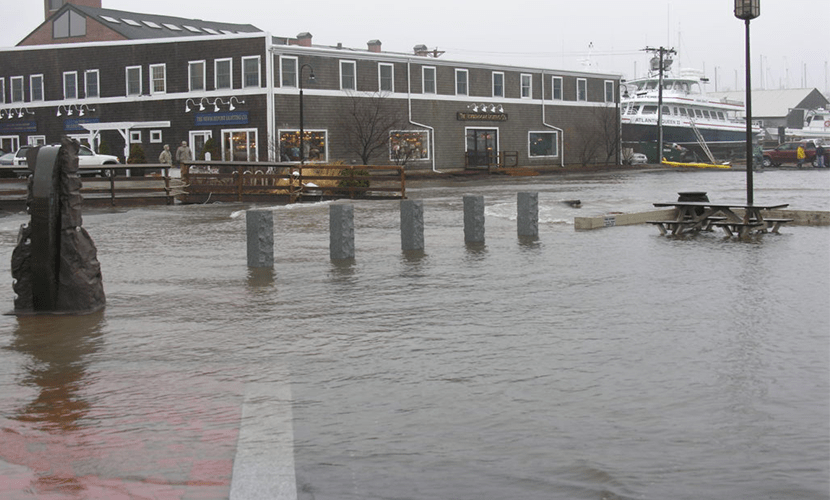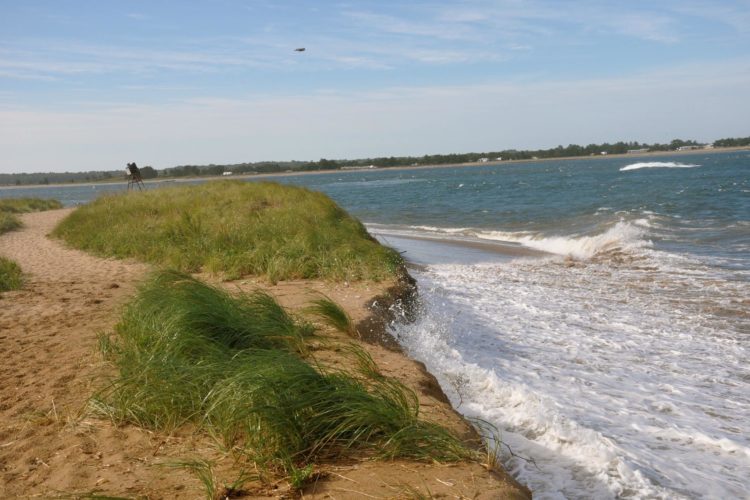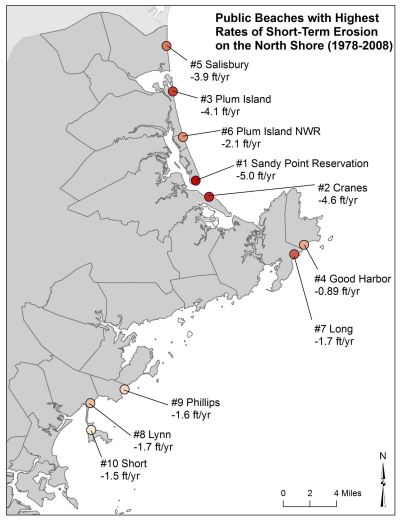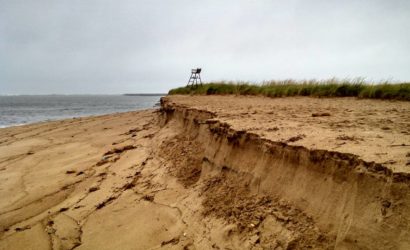We have much more to do and your continued support is needed now more than ever.
Restoring Native Dunes to Protect Communities and Wildlife

In an attempt to combat these climate-driven hazards, the City of Newburyport has been working closely with staff from the National Wildlife Federation’s Northeast Regional Center over the past two years to protect and restore important coastal habitats to benefit people and wildlife. Coastal ecosystems such as marshes, beaches, and dunes are teaming with wildlife from piping plovers and saltmarsh sparrows to numerous species of fish that rely on these habitats for food and shelter.
These coastal ecosystems are also important for another reason: human communities rely on them to act as a first line of defense against the open ocean, absorbing wave energy and reducing penetrating storm surge.


A recent grant from the Massachusetts Office of Coastal Zone Management is expanding the efforts of this collaborative partnership and will support targeted dune restoration to reduce erosion along the north end of the Plum Island barrier beach as well as protect several large neighborhoods from coastal flooding.
This project was desperately needed. According to results from the state Coastal Erosion Commission, the public beach on Plum Island had one of the highest rates of erosion of any public beach along the North Shore of Massachusetts. The beach lost an average of over 4 feet a year between 1978 and 2008, and observations in 2015 and 2016 indicate erosion has accelerated even further. As the beach and dunes erode, the neighborhoods behind the dunes becomes more vulnerable to flooding. Shrinking dunes and rising sea levels could literally put the open ocean at the doorstep of residential homes.
With this new funding, the National Wildlife Federation, University of New Hampshire, MA Dept. of Conservation & Recreation, and the City of Newburyport will take a holistic approach to restoring dunes along Plum Island by:
-

Significant erosion is occurring in areas where there is no vegetation. Photo by Sandy Tilton. Minimizing human disturbance through reducing foot traffic over the fragile dunes
- Conducting targeted restoration to maximize dune resilience
- Educating students about coastal ecology through a living classroom approach
- Engaging local stakeholders to ensure community members understand and feel a sense of ownership of the work occurring in their community
Stay tuned for upcoming project updates and announcements! Over the next 6 months we’ll be publishing blog posts highlighting the dune restoration work, educational events, public meetings, and other milestones as we work together to increase the resilience of the Newburyport coastline.
Help support this project and others like it that simultaneously restore wildlife habitat and protect human communities from climate-driven threats. Your support is more important than ever.
Help NWF




















